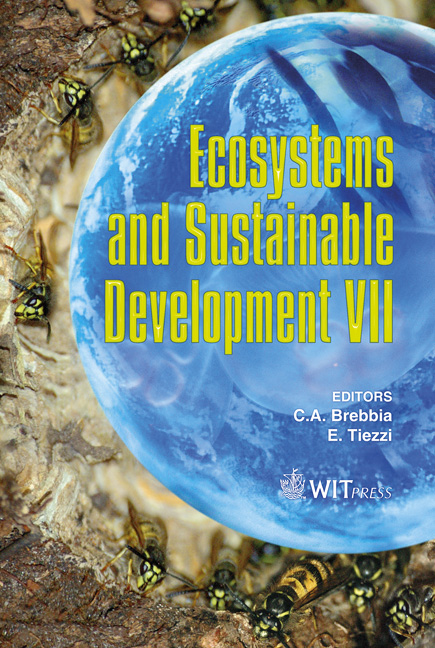Socio-economic Factors That Impact The Desire To Protect Freshwater Flow In The Rio Grande, USA
Price
Free (open access)
Transaction
Volume
122
Pages
12
Page Range
547 - 558
Published
2009
Size
601 kb
Paper DOI
10.2495/ECO090501
Copyright
WIT Press
Author(s)
D. W. Yoskowitz & P. A. Montagna
Abstract
Water has value in its many different uses, such as drinking, irrigation, cooling, etc. What is the value of water when it is not used at all, but remains in its body or course for what is referred to as \“environmental flow”? Reducing freshwater flow in rivers and inflow into estuaries can lead to a loss of biodiversity, critical habitat, and important commercial and recreational fisheries. While individuals rarely use freshwater flow directly, they benefit from the impact that this flow has on ecosystem services, primarily in the area of recreation and ecotourism. This paper provides a new approach to valuing environmental flow. Interviews were conducted, in person, with 417 people in the Spring of 2007 in the Lower Rio Grande Valley to ascertain what households were ‘willing-to-pay’ to protect environmental flow. A double bounded-dichotomous choice (DBDC) contingent valuation technique was employed. Sixty-four percent (64%) said they would be willing to make a one-time donation to a ‘water trust’. Through statistical analysis of the survey responses we are able to derive a mean value for freshwater flow: $129. Applying what people are willing to pay ($129) to the relevant population of recreationists and conservationists, as these are the individuals that are most likely to donate, generates an aggregate value of $9.9 million. Keywords: contingent valuation, freshwater inflow, ecosystem services, environmental flow.
Keywords
contingent valuation, freshwater inflow, ecosystem services, environmental flow





